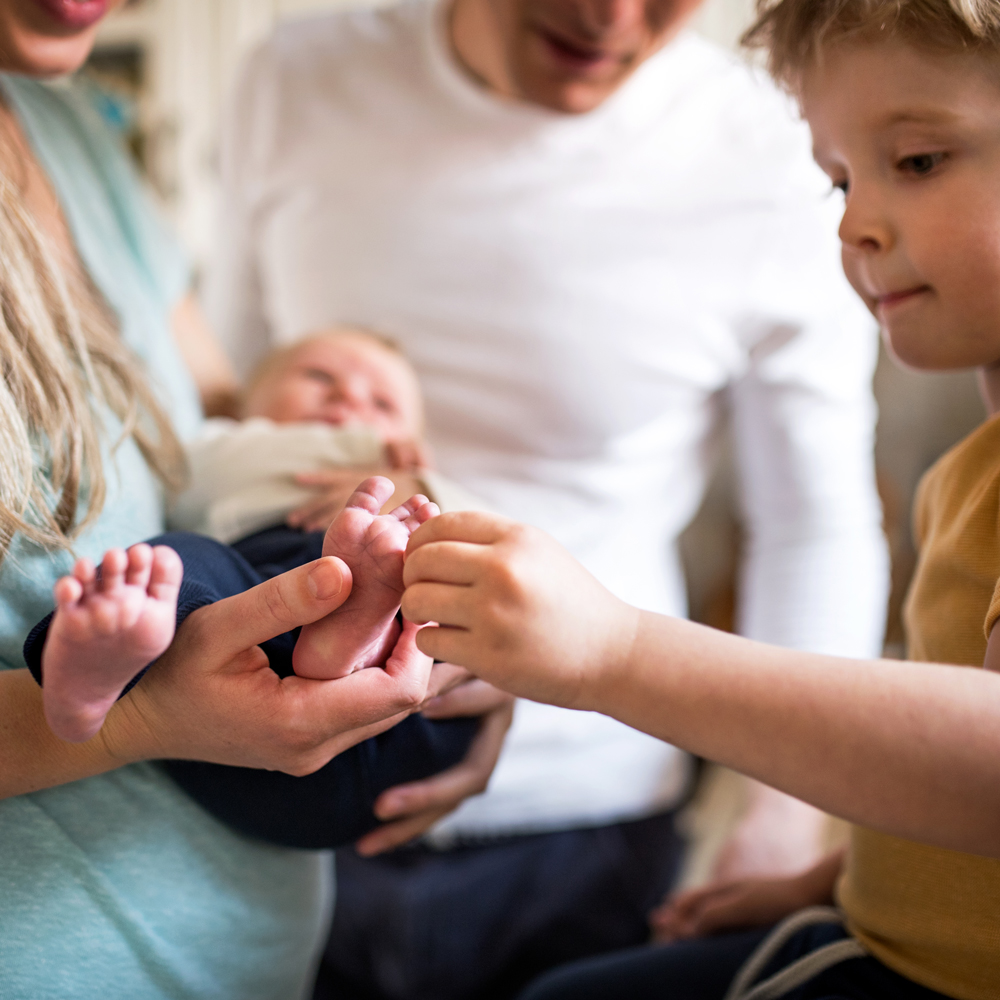What Is the Fourth Trimester?

PĒPI Hakihea
MĀMĀ Kayla Wilson
PHOTOGRAPHY Catherine Smith @catherinesmithphotography
Keeping the concept of ‘the fourth trimester’ in mind can help you plan for this precious, fleeting season. Let’s look at what it means for you and your newborn, and how to embrace it.
The Fourth Trimester is a term popularised by renowned American paediatrician, Dr. Harvey Karp and refers to the first three months of a baby’s life after birth. Although the practice of embracing this period has long been celebrated by many cultures across the globe where it is predominantly about healing for the mother. In China, the sacred postpartum period is known as ‘sitting the month’. In Korea, it’s often referred to as ‘the 100 days of birth’. While in India, it’s known as ‘confinement’ and can last up to 60 days.
Essentially, these first 40-60 days are considered the most precious for both you and your pēpi. For the birthing person, this time is traditionally regarded as one where rest and recuperation should be honoured and prioritised. Meanwhile, your baby is becoming accustomed to its life outside the womb, going from a place that was dark, warm, comforting, and rhythmic to this bright earth-side world. It’s quite the change… for everyone!
HOW TO HONOUR YOUR FOURTH TRIMESTER
- Sleep is number one for both you and your newborn. Hearing “sleep when the baby sleeps” might encourage some eye rolls – especially if you already have a toddler or older child to care for – and we know it’s easier said than done, but rest really is crucial to allow your mind, body and spirit to adjust to your new role as a māmā.
- To give yourself the best chance of recuperating, take the pressure off yourself and your baby. Limit visitors, feed on demand (meaning as and when your baby wants to, day and night), and embrace skin-to-skin to promote bonding.
- That leads us to: Ask for and accept help. Motherhood isn’t designed to be experienced in isolation. Remember, it takes a village. So, let yours help. If you don’t want too many people coming over, suggest friends or family drop a meal at your door. Those who are visiting can help with older children (if this isn’t your first baby), assist with household chores, or hold the baby while you take a shower or have a nap.
- Eat nourishing food. While you’re pregnant, you can prepare some meals to freeze so you don’t have to worry about cooking when baby is here. A fantastic book for all things postpartum nutrition is The First Forty Days: The Essential Art of Nourishing the New Mother by Heng Ou – it offers a deep dive into the types of foods that can assist with healing, milk production, and replenishment, and plenty of delicious recipes to accompany the knowledge Ou shares.
- Consider ancient customs such as massage for lymphatic drainage and circulation, herbal steaming for healing, and belly-binding for core restoration and recovery.
View this post on Instagram
As the saying goes, “The first forty days will determine the next forty years.”
WHAT TO EXPECT FOR YOUR BABY
Like we said earlier, your pēpi has gone from the cushy, soothing environment of the womb (which is all they’ve known for nine months) to this new outside world. As you can imagine, that’s a lot to take in! So, it’s important to recognise that you are their safe space, all that they know. As a result, your baby will find most comfort in being near you, enjoying the familiarity of your smell and the warmth of your body. They’re still very much like a foetus… just outside the womb now.
If you find that they’re fussing and crying, Dr. Karp recommends resorting to the concept of making your baby feel back at home. Embrace the contact naps, skin-to-skin cuddles and breastfeeding on demand, and remember they’re also used to the whooshing sounds and rhythmic rocking of the womb, so shushing and swaying can help trigger their calming reflex too.



